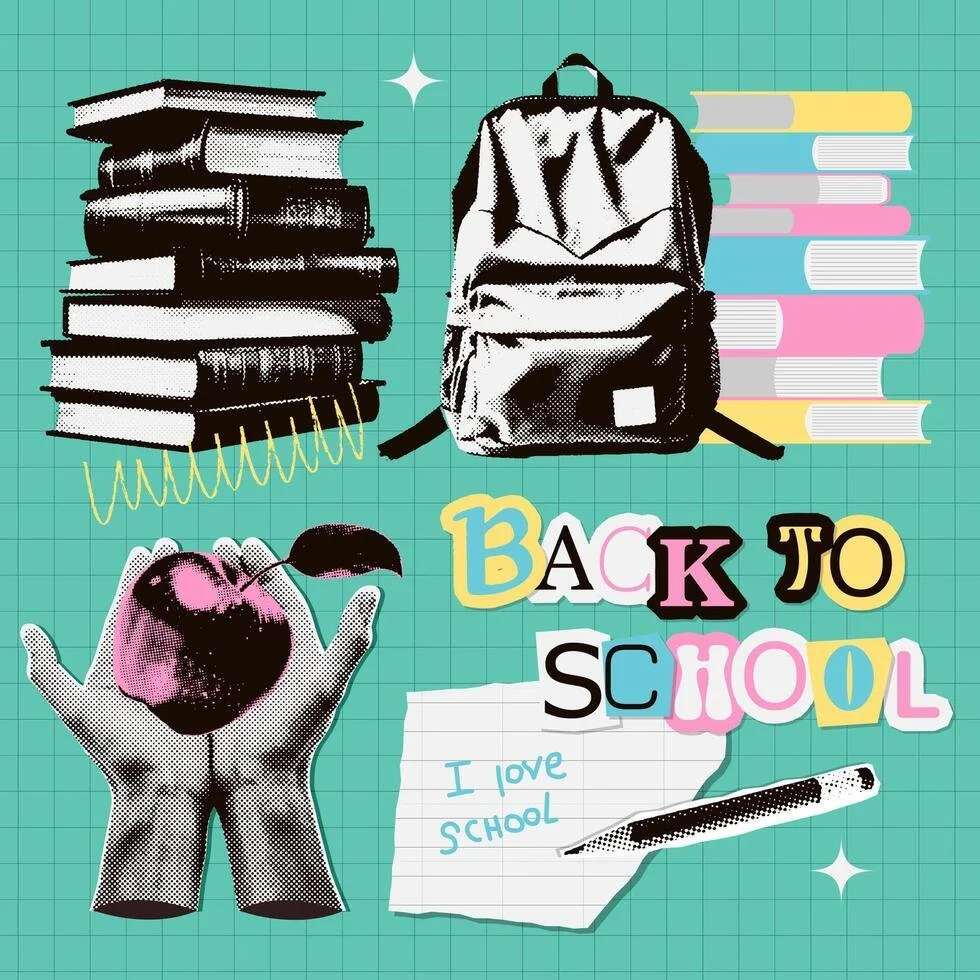Back to School: Helping Children Feel Ready and Regulated
As the school term begins, many families are settling back into familiar routines… packing lunch boxes, finding school shoes, and adjusting to new classroom rhythms. For some children (and their parents!) the start of a new term can bring both excitement and challenges.
The start of a new term is a great time to re-establish structure, reconnect with strategies, and support their emotional wellbeing. Start strong with some helpful tips from our Occupational Therapists.
Re-establishing Routines
Routines give children a sense of predictability and safety. After holidays, even small shifts in sleep patterns, screen time, or daily structure can make mornings feel tricky.
Try:
Gradually reintroducing regular bedtimes and wake-up times a week before school starts.
Using a visual schedule or picture chart to show the morning or after-school routine.
Including “connection moments” (like a quick cuddle, joke, or chat) before heading out to build calm and connection into busy mornings.
Tip: Keep routines realistic. A shorter, repeatable morning routine is easier for children (and parents!) to remember and follow.
Supporting Transitions
Transitions, between home and school, class activities, or therapy sessions, can be tough for children who need a little extra time to shift gears.
Try:
Previewing the day ahead (“First school, then OT, then playground”).
Allowing transition time between activities, even 5–10 minutes of calm play or quiet time before leaving for school can help.
Using a “transition object”, such as a small token or note from home, for comfort during the day.
You might say: “Let’s look at your schedule together. After school, we’ll meet at the gate and you’ll see Abe for OT. Then, we will go home!”
Your occupational therapist can help you plan and practise tricky transitions through role play or visual rehearsal:
For example, pretending to pack up for school or transitioning between activities in a fun, low-pressure way. Practising these skills in therapy helps children build confidence and predictability before facing real-life transitions.
Emotional Regulation
Big changes can bring big feelings. Children might show this through clinginess, resistance, or meltdowns in the first few weeks back. Supporting emotional regulation early helps children feel secure and ready to learn.
Try:
Naming emotions (“It looks like you’re feeling worried about going back to school”).
Using sensory tools that help calm and focus: such as deep pressure hugs, fidget tools, or movement breaks.
Creating a calm-down corner at home with soft textures, headphones, or favourite books.
Remember: Emotional regulation is a skill, and just like handwriting or tying shoelaces, it takes practice and support.
Many OTs also use co-regulation strategies and sensory-based approaches to help children recognise and manage big feelings. If your child struggles with morning meltdowns or after-school overwhelm, talk to your OT about tools or routines that can support smoother emotional transitions at home and school.
Reconnecting with Therapy Goals
If your child’s therapy sessions are resuming, it’s a great time to check in with your OT about current goals and strategies. You might notice new strengths that developed over the holidays, or areas where your child may need extra support settling back in.
You can help by:
Sharing observations about how your child managed daily routines during the break.
Practising therapy strategies at home in short, fun ways. E.g., fine motor games during playtime.
Asking your OT for a “term plan” so you can stay in sync with therapy goals and classroom needs.
Your OT can also help you and your child set realistic “back-to-school goals” for the term ahead. This might include practising fine motor or self-care skills, developing a visual planner for homework routines, or introducing calming strategies that support classroom participation.
Supporting Parents, Too
Transitions aren’t just for kids – parents are adjusting too! Balancing work, school, and therapy can feel overwhelming. It’s okay to ask for help, simplify routines, and prioritise self-care.
Try:
Setting aside 5 minutes each evening for calm reflection or gratitude.
Preparing what you can the night before to ease morning stress.
Reaching out to your therapy team if you need practical strategies or reassurance.
The start of term is a fresh opportunity for growth, connection, and confidence.
With gentle routines, clear communication, and emotional support, children can settle back into school (and therapy) feeling capable and confident.
Need Additional Support?
Occupational therapy isn’t just about developing skills, it’s about supporting the whole child as they navigate daily routines and transitions. If you’re unsure where to start, your OT can help you plan, practise, and build confidence together.
If you’d like ideas tailored to your child’s specific needs, your occupational therapy team can help you create a plan that supports both home and school success.




